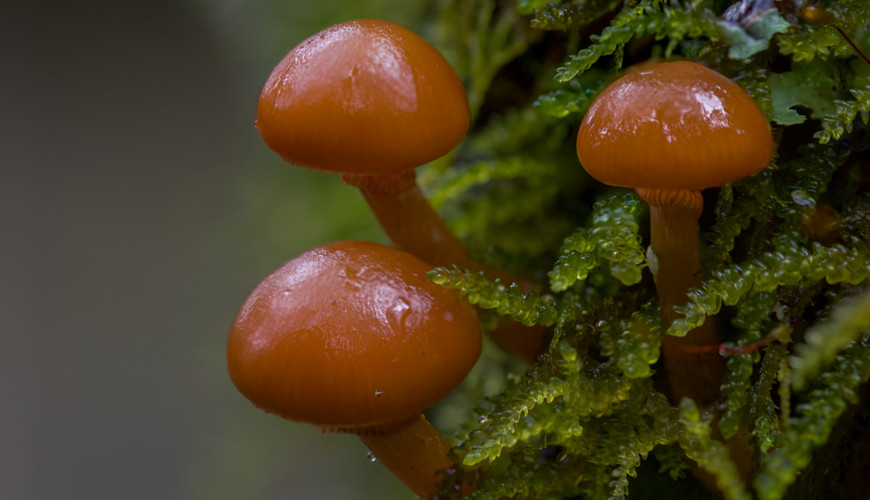Macro Photography Tips

Fungi Hunt 2022 © Brian Young
In preparation for our Fungi Hunt at Mt Macedon on the weekend here are some tips for the equipment you might need and the techniques you could employ to take some great macro fungi shots.
Tripod: A tripod is a must; preferably a sturdy tripod. If your tripod is light weight, a bag of sand/rocks can be attached to the bottom of the centre column (several tripods have a hook for this purpose). Ensure all fittings of your tripod are tight.
Lens Options: A macro lens is ideal (if you have one) as the closest focusing distance will be much less than a zoom or prime lens.
If you don’t have a macro lens, then use a zoom or prime lens.
Manual Camera Operation is recommended. Auto focusing often doesn’t give an adequate image with macro subjects. The preferred approach is to use your lens in manual operation.
Use LIVE VIEW setting on your camera, and then focus manually by turning the focusing ring on your lens. By using the Zoom button (+), the image on Live View screen will be magnified, which should provide the most accurate focusing.
Minimise camera vibration by either using a cable release for the shutter or use the built-in timer to delay the shot after the shutter has been pushed.
Depth of Field: My preference is to use a large depth of field (F-13) to ensure the fungi is sharp. However, a “creative” effect can result by focusing on a small, interesting area of a fungi and using a small depth of field. Experiment with different options and review results.
Composition: Look for a background that is in shadow, which typically provides the best separation between a fungi and the background. Light backgrounds or sunlit areas of a background take attention away from a fungi. Look for lead-in lines (maybe a piece of rotted wood or a mossy section of a tree) to a fungi.
Lighting: Typically, fungi are in deeply shaded areas. Often some additional low intensity lighting will enhance a subject. This lighting should be diffused and from a direction that looks believable (lighting that only lights up the gills/underside of a fungi doesn’t happen naturally).
Use Focus Stacking to achieve a greater depth of field is an option to consider. Take a number of photos, each with a different focus point, e.g., the front of the fungi, a few mm past the front, etc.
Clothing Considerations:
Waterproof footwear. Rubber boots are a great option.
Protection: A drop sheet (plastic bag) is good for putting on the ground when you need to kneel low. An alternative is waterproof pants (ski pants).
If it is raining, put some protection over your camera and lens (a plastic bag works). Have your wet weather gear.